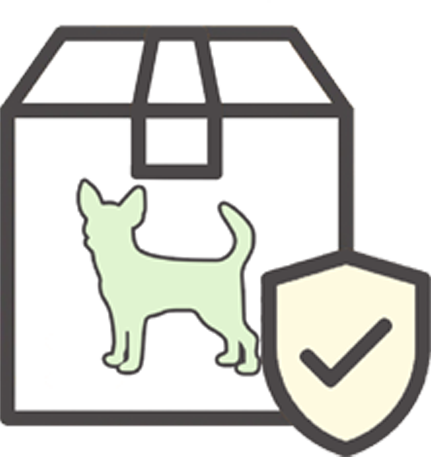How to Teach Your Kids To Be Around Dogs
Monday, March 06, 2017 03:37:37 PM America/Los_Angeles

Whether a five-pound dog or a fifty-pound dog, children require being taught how to act around pets just as pets have to learn how to act around children. There is a healthy respect that is built between kids and pets when they can relax and enjoy one another's company.
Part of that process is teaching your children about canine tendencies. One of those automatic responses may be to wag their tail when they are greeting their parent or peeing by accident which (makes indoor grass for dogs, like DoggieLawn, more than useful).

Dog Fur Is Soft - But Please Don't Pull
The smaller the child, the more the chance that his or hers tiny hands will try to grab a dog's coat. When first introducing a dog to a toddler or kid, always hold their hands gently and show them how to pet sweetly. Kids love it when you make cooing noises as you mimic the way to pet a dog, not pull at one.
There are times when it is neither the child's or dog's fault if one gets startled at first contact. Try facilitating either a second interaction or knowing both the dog's boundaries and the child's and don't let the first reaction deter you from creating a long lasting friendship between fur-kid and a toddler.
At the same time, you may want to do desensitizationtraining with your dog. This just means that you try to increase your dogs tolereance to different types of stimulus like pulling on a tail or an ear, or tugging at his fur. By increasing this type of stimulus while also pairing it with a treat can hopefully teach your dog to associate these types of actions with a yummy snack.
Tails Wag - Please Don't Grab
As you establish trust between canine and child, take advantage of the first moments as you show him or her how to lavish love on the dog calmly. Briefly explain why the dog's tail is wagging or why they may lick your face. Show your child how yanking and hitting at a dog is always a no-no. They should also know that the tail is wagging for them out of happiness and they do not want to scare the dog by pulling on their tail.
Sweet Talk - Don't Squeal and Squall
Puppies and adult dogs are both sensitive to sound. Dogs genetically have sensitive ears and will startle if a child makes a high-pitched noise. Whether it is an automatic reaction or a pure sound of joy and excitement, kindly lower your voice to a whisper and explain that canines can hear for up to a quarter of a mile in some breeds.
Dogs have evolved so that their ears are one of their primary senses of both danger and loving whistles that bring them home. Make it into a story if you think your child will understand better.
If the child or toddler seems to be scared or already crying, avoid introducing the two until they have calmed down. Dogs react to screaming children differently. Some may believe the child to be hurt or hurting someone else. Just because a kid and a dog are often the same sizes does not mean that either has an actual understanding of how big or small they truly are.
DoggieLawn provides a real grass puppy pad that not only provides an odor-free solution but also allows your dog to feel less confined while being eco-friendly. We cannot always be home nor can we expect our fur-children to hold it while we aren't. Indoor puppy pads and litter boxes are not only hard to keep up with, but they also are not good for the environment, both the dog's personal environment and ours.
DoggieLawn has the solution as well as the answer to those accidents that happen when they meet new people, especially children that they come eye to eye with when meeting. Make the most of the experience as to form a bond that is unbreakable between pet and child.


